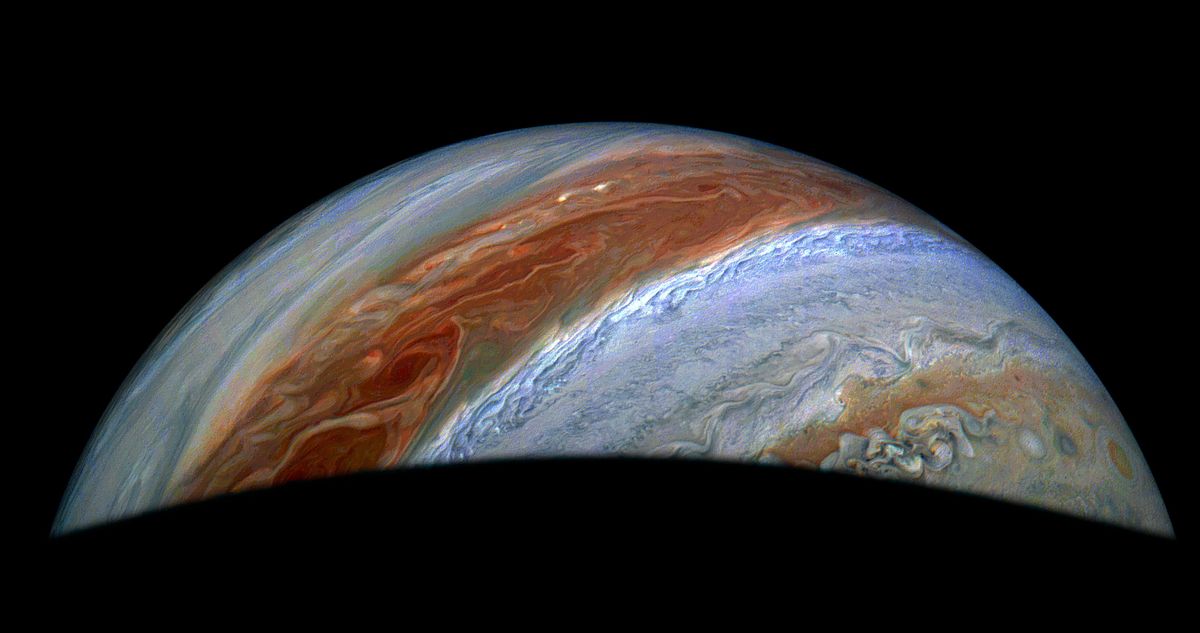ARTICLE AD BOX
 An Atlas V rocket carrying the Kuiper-1 mission for Amazon’s Project Kuiper lifts off April 28 at 7:01 p.m. from Space Launch Complex-41 at Cape Canaveral Space Force Station. Credit: Amazon
An Atlas V rocket carrying the Kuiper-1 mission for Amazon’s Project Kuiper lifts off April 28 at 7:01 p.m. from Space Launch Complex-41 at Cape Canaveral Space Force Station. Credit: Amazon
TAMPA, Fla. — Amazon said April 29 it has made contact with its first 27 operational Project Kuiper broadband satellites, after being dropped off in low Earth orbit (LEO) by United Launch Alliance’s Atlas V rocket.
The company also said “initial deployment and activation sequences are proceeding as planned” following the April 28 lift-off from Cape Canaveral Space Force Station, Florida, at 7:01 p.m Eastern.
An Amazon spokesperson told SpaceNews that it is continuing to ship and process spacecraft for its next launch, which is also set to use an Atlas V, as questions mount over whether it can meet a regulatory deadline to deploy half the 3,232-strong constellation by July 2026.
Seven more Atlas Vs are contracted as part of a multibillion-dollar launch arrangement for the LEO network, which also includes 38 Vulcan Centaurs, ULA’s next-generation rocket that could carry up to 45 Kuiper satellites at a time.
Amazon has also booked three SpaceX Falcon 9s, 18 Arianespace Ariane 6s and up to 27 New Glenn rockets from Blue Origin.
Ramp-up questions
Amazon had initially planned to deploy its first batch of operational satellites in the first half of 2024, following successful tests with two prototypes in LEO, enabling beta trials with Verizon, Vodafone and other potential customers later that year.
The company has not commented on a reason for the yearlong delay, or a recent Bloomberg report claiming only a few dozen satellites had been completed at its Kirkland, Washington, facility amid a struggle to ramp up production.
Half the constellation, or 1,616 satellites, must be deployed by July 2026 under deployment rules tied to Amazon’s Federal Communications Commission license, and the rest by July 2029.
Tory Bruno, ULA’s CEO, recently projected a dozen launches this year for Amazon and other customers, split between Atlas V and Vulcan.
Project Kuiper is Amazon’s answer to SpaceX’s Starlink network, which, thanks to an aggressive Falcon 9 launch campaign, already has more than 7,000 satellites in LEO and is serving broadband customers worldwide.
However, much of Amazon’s deployment schedule relies on nascent rockets that have yet to prove their reliability at scale.
Vulcan, tasked with carrying the bulk of Kuiper satellites, suffered an upper-stage anomaly on its second flight in October. Ariane 6, which made its first commercial flight in March, is only expected to fly four more times this year.
Meanwhile, New Glenn is still awaiting its second launch pending an investigation into a failed booster landing during its debut mission.
Jason Rainbow writes about satellite telecom, finance and commercial markets for SpaceNews. He has spent more than a decade covering the global space industry as a business journalist. Previously, he was Group Editor-in-Chief for Finance Information Group,... More by Jason Rainbow

 1 day ago
3
1 day ago
3







 English (US) ·
English (US) ·